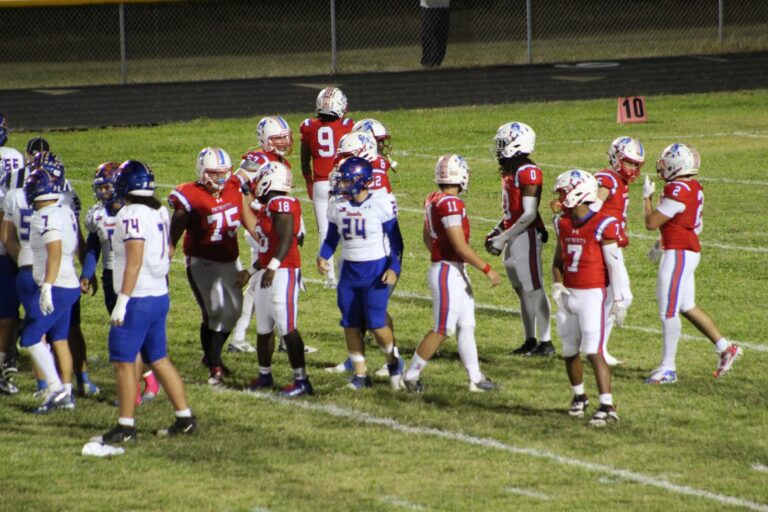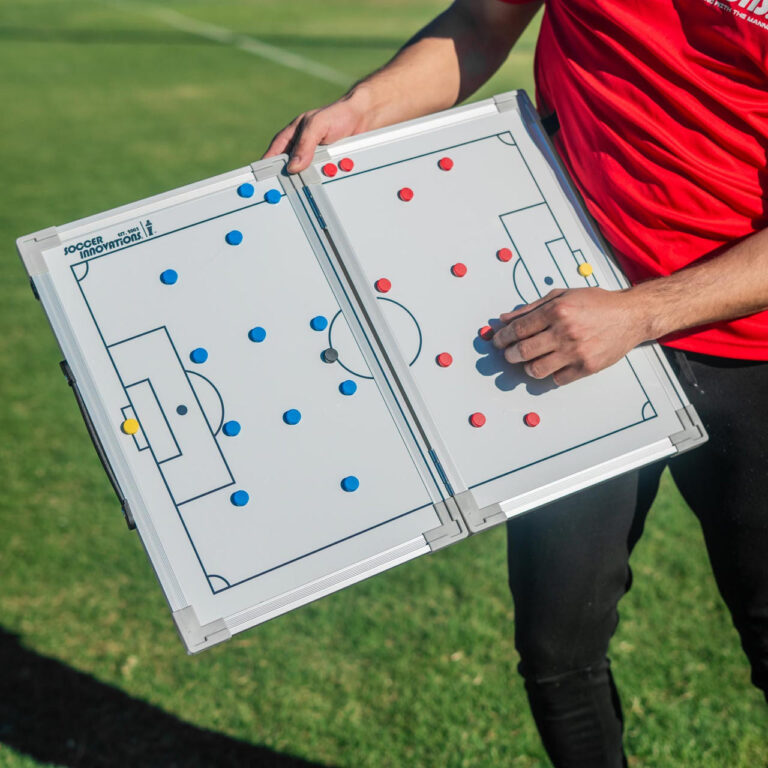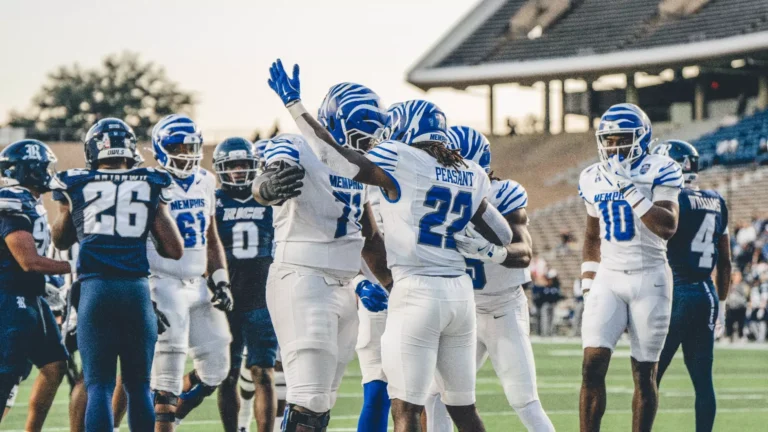
There’s a quiet cruelty to elite sport. Games are not always lost because one side was vastly better. Often they tilt on a tiny nudge: a deflected pass, a referee’s millisecond decision, a substitute who times a run perfectly. Those tiny moments don’t just change a scoreline; they ripple through tactics, confidence, and even season plans.
Little things, big outcomes
Think of a last-minute clearance off the line or a goalkeeper’s single misread of a cross. Those are obvious examples, but finer still are the micro-decisions players make every second: where to place a body, when to slow the ball, which foot to use. Coaches train for patterns, drills, and margins — the “extra 1%” work that turns near-misses into winners. And when players actually execute, you see the payoff in sudden swings of momentum that feel almost theatrical.
Just as coaches study tactics, fans follow sports betting markets to understand how small shifts in momentum can change everything. Odds react almost instantly to perceived advantage; a single chance created, a red card, or a save can tilt pricing and, by extension, perceived probability. That’s why many traders and thoughtful supporters keep one eye on in-play markets — they’re an immediate, measurable reflection of the game’s subtle physics.
Momentum and measurement
Momentum isn’t mystical. Analysts try to quantify it using possession chains, expected goals, pressing intensity, and in-play stat bursts. Sports-data firms and bettors watch these metrics closely because they often foreshadow what humans will notice five to ten minutes later. Markets price that in rapidly. It’s not perfect; sometimes crowd emotion or bias pushes odds too far in one direction. But more often than not, small, measurable edges compound quickly into decisive advantages.
Who benefits most from those margins? Teams that prepare detail-oriented routines and players who remain calm under noise. Substitutes who know their role, full-backs who track one run more diligently than their counterpart, midfielders who choose a calmer pass instead of a risky flick — these choices add up.
The human elements
Don’t forget psychology. Confidence is fragile. A saved penalty can electrify a locker room; a missed sitter can flatten it. Referee decisions matter too. Studies show officials can, unintentionally, be swayed by crowd fervour and home contexts.
Home-field advantage plays into all this. Familiar turf, supportive noise, and subtle referee nudges combine to tilt the balance in predictable ways. It isn’t decisive alone—it amplifies the small things rather than replaces them. The team that handles the micro-battles better still often wins.
Final Thoughts
So, are matches decided by luck or craft? Both. The beautiful truth is that craft erects the stage upon which lucky or unlucky moments land. Attention to detail — in training, scouting, substitution timing, and even kit choice — stacks probabilities in your favour. Small choices become bigger outcomes.
Did that feel a bit romantic? Maybe. But sport is messy, human, and thrilling for precisely that reason. The next time you watch a tight game, look for the tiny, almost invisible plays. They’re the ones who write the final lines of the story.
What fine margin have you seen swing a match? Leave a comment and tell us about the moment that stuck with you.
Author Profile
Latest entries
 SoccerNovember 3, 2025The Fine Margins of Victory: How Small Details Decide Big Matches
SoccerNovember 3, 2025The Fine Margins of Victory: How Small Details Decide Big Matches MLBNovember 2, 2025Dodgers Stun Blue Jays in Extra-Innings Game 7 Thriller for Back-to-Back Titles
MLBNovember 2, 2025Dodgers Stun Blue Jays in Extra-Innings Game 7 Thriller for Back-to-Back Titles ACCNovember 2, 2025Overtime Heartbreak: No. 10 Miami’s Playoff Dream Takes a Crushing Hit at SMU
ACCNovember 2, 2025Overtime Heartbreak: No. 10 Miami’s Playoff Dream Takes a Crushing Hit at SMU NCAAFNovember 2, 2025Texas Survives Vanderbilt’s Late Surge to Take 34–31 Thriller in Austin
NCAAFNovember 2, 2025Texas Survives Vanderbilt’s Late Surge to Take 34–31 Thriller in Austin

 Steelersforever.org
Steelersforever.org





